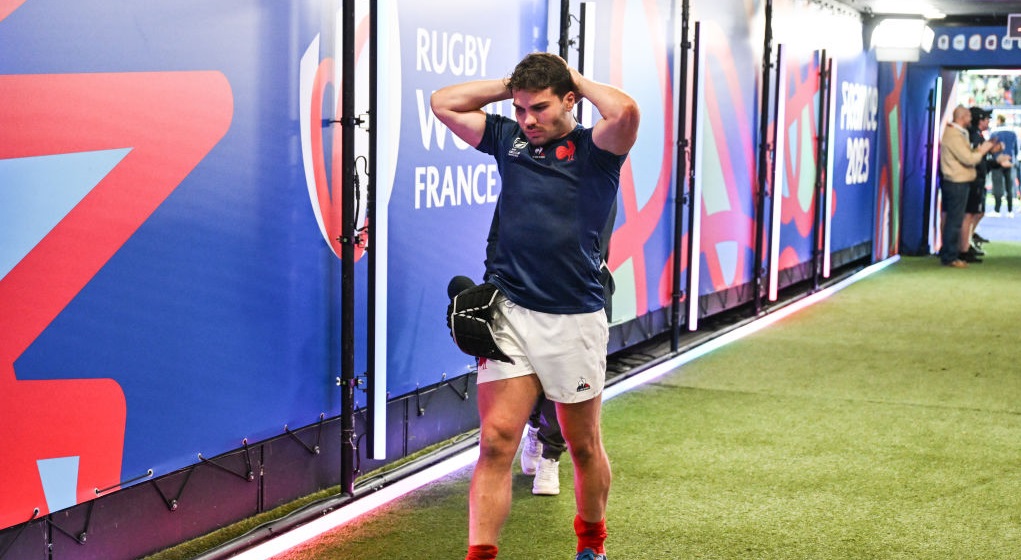Code hoppers warned against taking Sevens lightly

Players from 15-a-side rugby union have been warned against taking any planned transition into Sevens rugby lightly ahead of next year’s Olympics in Paris.
The HSBC SVNS circuit kicks off this weekend in Dubai and there’s been plenty of talk around the stars of the 15s game wanting to get a foot in the door ahead of the Olympics.
While some men’s players have attempted to crack the code over the years, transferring your skills to the shortened version of the game is no guarantee that you’ll make your national side. As the sport has evolved, the considerable skills and athletic demands of the SVNS discipline are proving a significant, if not insurmountable barrier, for many who wish to make the foray on short notice.
While the women’s game has a tradition of players going back and forth between each code, men’s Sevens and 15s have become two sports that have diverged significantly in terms of their athletes.
Sevens specialists have become significantly lighter, faster and fitter than their 15s equivalents. Increasingly all the traffic has been from SVNS towards 15s, with the likes of Cheslin Kolbe, Ardie Savea, Rieko Ioane, Kwagga Smith, Hugo Keenan and Jimmy O’Brien all using SVNS as a springboard into test careers in 15s, with few making the journey in the other direction.
However, with the pull of the Olympics on the horizon, France superstar Antoine Dupont and Wallabies veteran Michael Hooper have all thrown their hat in the Sevens ring. Dupont, who is in his rugby prime at 27, will miss the 2024 Six Nations in order to have a shot at an Olympic Sevens spot.
It is likely more will try to follow in their footsteps over the next few months, but they have been warned about taking the hop lightly.
“We’re not concentrating on that [15s player transferring to SVNS] at all,” Ireland Sevens star Terry Kennedy told the Irish Examiner. “We’ve a really strong squad in here that have been around for a long time. It is a different sport, so I think if anyone is to make the move, they need to give ample time. Dupont is doing it for the year, otherwise they’ll just fall by the wayside.”
Rugby union isn’t the only code from whose athletes have tried to crack Sevens. In 2016, Jarryd Hayne, a former Australian rugby league star and NFL hopeful, embarked on an ambitious quest to join Fiji’s Rugby Sevens team for the Rio Olympics. Despite his innate athleticism, Hayne’s transition faced challenges, and he fell short of selection, an attempt that highlighted the demanding nature of switching codes at the highest level of international competition.
During his transition, Wallabies funny man and sometime Australian Sevens player Nick Cummins said of Hayne: “I saw Hayney in the hotel and he asked me what sevens is like, and I said: ‘Mate, I hope you brought your running shoes, because it’s pretty full on.”
It’s not just rugby codes that have tried to transition. Down through the years a plethora of sprinters – with the exception of Carlin Isles – have attempted it only to fall short; many unable to bridge the skills and endurance deficit even if their straight-line speed was at a world-class level.
































